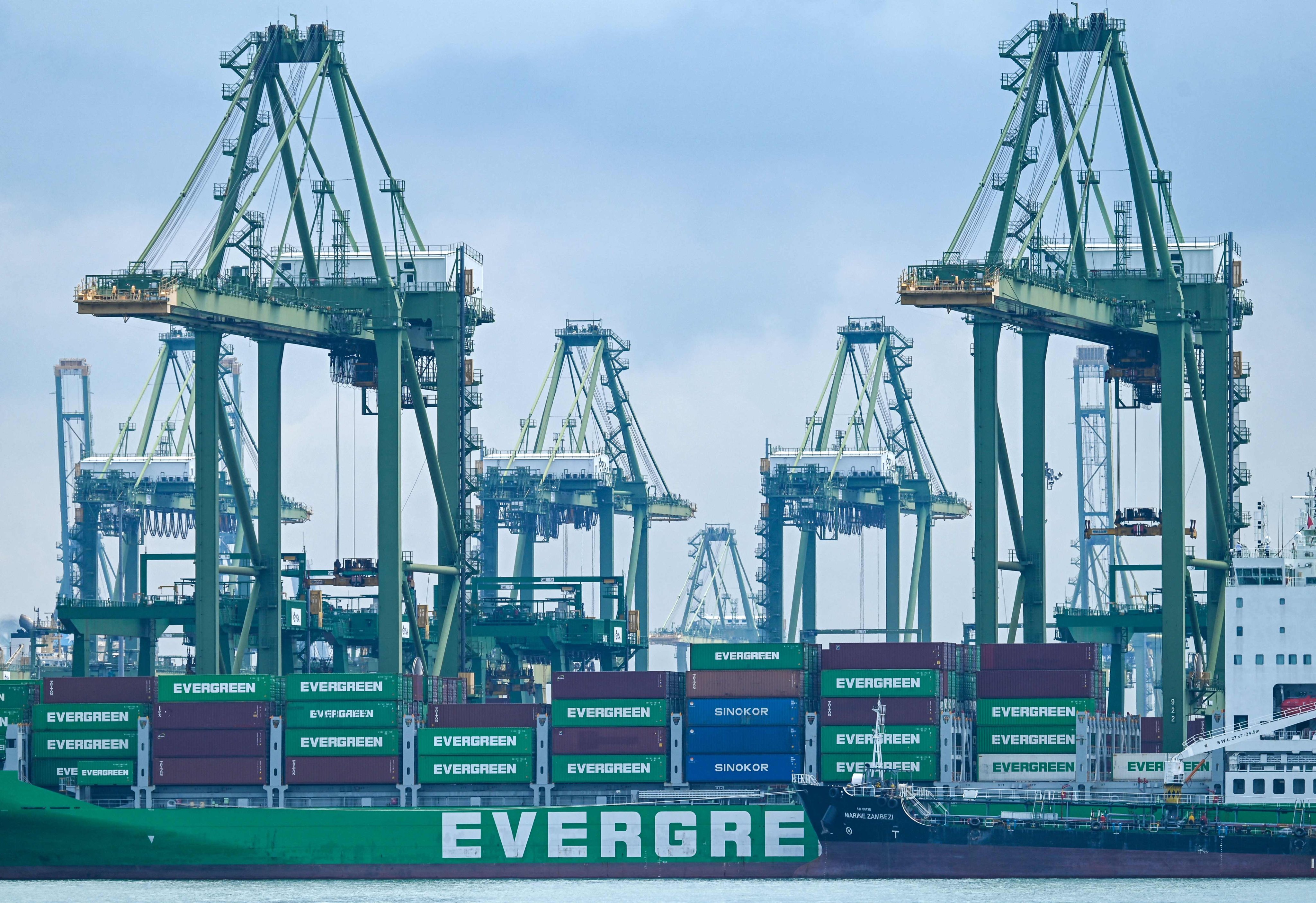Singapore warns of technical recession risk from US tariff tensions
The warning came despite the city state’s economy posting a better-than-expected growth in the first quarter

Singapore flagged the risk of a technical recession due to global tariff tensions even after its economy kick-started 2025 on a faster-than-expected note.
Gross domestic product grew 3.9 per cent in the three months through March from a year earlier, the Ministry of Trade and Industry said in its final estimate on Thursday. The figure compares with a median forecast of a 3.6 per cent growth in a Bloomberg survey of economists, and the government’s advanced estimate of 3.8 per cent.
On a seasonally adjusted quarterly basis, GDP fell 0.6 per cent, versus a forecast of 1 per cent contraction.
The MTI maintained a recently downgraded forecast for 2025 GDP growth at 0 per cent-2 per cent as US tariffs clouded the outlook for global trade. Prime Minister Lawrence Wong earlier warned that a recession cannot be ruled out.
“A technical recession where you have two quarters of consecutive quarter-to-quarter negative growth, that is a possibility,” Beh Swan Gin, permanent secretary at the trade ministry, told reporters. “However, that doesn’t necessarily equate to a full-blown economic recession” as seen in the year on year GDP numbers.
First quarter’s better-than-expected result was driven by manufacturing and export activity as businesses rushed to avoid the imposition of higher US tariffs.
The data shows how the US-China trade war and China’s sluggish recovery were seeping deeper into the region at the start of the year. Since then, the world’s two biggest economies have called a truce, agreeing to a 90-day negotiating window under which they have lowered tariffs on each other’s goods.
“The global economic outlook remains clouded by significant uncertainty, with the risks tilted to the downside,” Beh said.
The uncertainty could lead to a larger-than-expected pullback in economic activity, he said, adding that a re-escalation of tariff actions may trigger a full-blown global trade war. He also warned that disruptions to the global disinflation process and recession risks could destabilise capital flows.
Against this background, the growth of “outward-oriented sectors” such as manufacturing, wholesale trade, transport and storage is expected to slow this year. Finance and insurance sectors are also likely to be weighed down by weaker trading activity while the outlook for consumer-facing sectors is lacklustre.
Singapore, which was hit with a 10 per cent tariff, got off relatively lightly compared to its neighbours. But with trade accounting for about three times its GDP, the city state remains acutely exposed to any sustained slowdown in global commerce.
A temporary de-escalation of trade tensions after the US-China tariff truce should slightly improve Singapore’s external demand outlook for the rest of the year, though risks linger.
The trade ministry said it will adjust its growth forecast as needed.
The Monetary Authority of Singapore will take into account all incoming data in the run-up to its July meeting and make a “comprehensive assessment”, MAS Deputy Managing Director Edward Robinson said in the same briefing.
“The policy stance remains appropriate as of now,” he said.
Last month, the MAS eased its monetary policy settings for the second time this year.